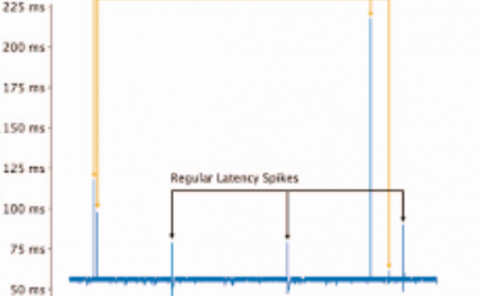If this place could talk … First World War tunnel warfare through haptic VR
PubDate: August 2020
Teams: Virginia Tech
Writers: J. Todd Ogle;Zach Duer;David Hicks;Scott Fralin
PDF: If this place could talk … First World War tunnel warfare through haptic VR

Abstract
Our transdisciplinary team performed a comprehensive site survey of the Hill of Vauquois, combining a variety of to create a digital recreation of the above and below ground features of the craters, trenches, tunnels and galleries that allows us to see and explore the destroyed village of Vauquois as it has never been seen before. Vauquois was a small French village before it became critical high ground that was fiercely contested for four years by the French and Germans during World War I, with the Americans finally taking the position during the Meuse-Argonne offensive of 1918. A quiet, agricultural village became a killing ground starting in the streets, moving to trenches, and finally moving underground into a network of miles of tunnels used to set over 500 mine explosions in four horrific years of continuous combat.
This immersive virtual reality informal learning exhibit allows visitors to experience and learn about life and conditions in the tunnels of Vauquois as never before. Visitors can walk through the virtual environment but also interact with physical representations of objects that are based on actual artifact and material culture left behind 100 years ago. They can touch a carving within the tunnel, pick up and carry a lantern and other objects as they move through the physical exhibit. They are also provided with learning challenge cards in order to guide their learning and exploration. Finally, handouts will be provided detailing the teams research and development trajectory (process and product) and links to educational online resources to download so visitors can continue to explore the tunnels of Vauquois at home or in classrooms.
Our project seeks to make the invisible visible and give visitors a sense of walking in the footsteps of others over time and space. We do so by immersing the visitor in experiences of life underground in the French and German World War I tunnels under the village of Vauquois. It is within these tunnels that soldiers slept, ate, took shelter, mined and fought, for over three years, experiencing first-hand the ravages of a war of attrition. Vauquois spans the spectrum of experience in the First World War, from street fighting, to trench warfare, to tunnel warfare. Unlike other examples of mining on the Western Front, the warring armies at Vauquois built underground cities where the combatants spent the majority of their time and in some cases were actually engaged in combat.
The team has laser scanned a large proportion of the site (Figure 1); the primary challenge faced in the design of this exhibit is how to make visible what would otherwise be invisible and inaccessible and begin to convey the feeling of being under the hill of Vauquois as authentically as possible, while utilizing a small fraction of the space that the site covers. Multiple techniques are utilized to overcome these challenges, including typical physical displays found in many museums, as well as the immersive experience affordances of passive haptics (augmenting high fidelity visuals within the tunnel with touch) and redirected walking (exploring the virtual tunnels that are larger and more complex than the physical exhibit space itself), creating an engaging and informative exhibit. Together these experiences are specifically designed to allow visitors to engage with and persist in a historical inquiry of World War I experiences.
Not only will visitors be able to walk through the virtual environment (see point of view video), they will be able to interact with physical representations of objects that are based on actual artifacts and material culture left behind 100 years ago. For example, they will be able to reach out and touch a carving within the tunnel and pick up and carry a lantern and other objects as they move through the virtual reality tunnel itself. They will also be provided with learning challenge cards in order to guide their learning and exploration. In addition to the virtual environment itself, the exhibit includes physical props of segments of the tunnels, artifacts from the site, audio and still photos, and documentary video of the history of the destroyed village of Vauquois and the process of creating the exhibit. Our exhibit is fully immersive, making use of sight, sound and touch to make the most of the technologies we have at our disposal to give a sense of life and walking in the footsteps of the common soldier and miner at Vauquios. Figure 2 and the following text describe what a visitor will see and experience at each point during the exhibit.


